Effective greenhouse whitefly control and preventive measures
Whitefly is one of the most annoying and voracious pests that attack greenhouse crops. To preserve the harvest, many summer residents are forced to use various methods of dealing with the whitefly that has settled in the greenhouse every year. The main task in this case is to lime the butterfly and its offspring in such a way as not to poison the fruits.
General information about the pest
Whitefly is a tiny milky midge with frosted wings. The body and legs are covered with a mealy bloom. Its maximum size is barely 3 mm. There are about 200 species in total, but gardeners are mostly annoyed by only four: cotton, greenhouse, cabbage, strawberry. They are carried by gusts of wind or from the ground (larvae).
The whitefly quickly grows a colony: about 120-200 eggs in one clutch, 3 weeks until it fully transforms into an adult. Females lay eggs continuously. Up to 9 generations of whitefly can grow in a greenhouse per season. Midges and larvae absorb volumes of plant juices disproportionate to them. Not only dry spots remain on the leaves, but also a sticky plaque secreted by parasites, on which a sooty fungus actively reproduces.
The whitefly loves warmth and humidity - the conditions that a greenhouse creates. It is the planting of protected ground that usually becomes the object of its attack. The worse the ventilation and the denser the vegetation, the more favorable the environment for the development of the pest.
In greenhouses, the whitefly prefers to settle on the following crops:
- cucumbers;
- eggplant;
- tomatoes;
- peppers;
- cabbage seedlings.
At temperatures below +10 ° C, the vital activity of the midge freezes, the larvae stop growing and developing.
Signs of defeat
Entering the greenhouse, you can see small white midges swarming on the leaves and flowers of plants. If you turn over the platinum leaf, then there will be a mass of eggs in the form of black, yellow and green dots, laid in circles and loops, as well as mobile and motionless larvae, adult whiteflies. First, the pest colonizes young leaves.
The first sign of the presence of a whitefly even before the population grows is tiny yellow dots on the leaves - marks of punctures from its chitinous proboscis. On the reverse side, you can see spots of white bloom, like with powdery mildew. Subsequently, the sheet is completely covered with it, blackens and dries out.
Whitefly carries various viruses, therefore, the result of its activity is often not only dried leaves, but also contamination of the greenhouse with chlorosis and mosaics.
Control methods
Whitefly larvae are resistant to most chemicals, so the main goal should be the destruction of adults and stopping the reproduction processes. The first step is regular ventilation. The whitefly prefers a closed ecosystem, so drafts will scare it away from its home. To destroy the colony, several treatments will be required, and you need to use different preparations for adults and larvae.
Mechanical methods
First of all, you should try a safe but troublesome method - washing the whitefly from the leaves with soapy water. Laundry or tar soap works well. Dissolve 30-50 g in a liter of hot water, then the solution is poured into a bucket. Flushing and spraying is performed three times at weekly intervals.
You can enhance the effectiveness of the product - add 150 ml of kerosene to the soap solution, stir thoroughly to the consistency of an emulsion, then pour in another 5 liters of warm water. Such a solution is intended for soil cultivation, only a small amount is permissible on the plant. The greenhouse is closed for 3 hours and then aired. Since only adult whiteflies die from fumes, the procedure is repeated after 4 and 8 days.
Some recommend hosing down gnats, but for most greenhouse crops, this crude method will not work. Soap treatment will wash away the fungus, honeydew and whitefly larvae by covering the leaf plate with a protective film.
In addition to the soap treatment, sticky traps can be placed around the greenhouse. Special devices (yellow ribbons and sheets) for catching whitefly in a greenhouse are sold in garden stores. Thus, adults are eliminated.
If the whitefly colony has grown to an alarming scale, homemade large traps can be made.
- Prepare several sheets of yellow or orange cardboard.
- Heat a little rosin in a water bath (this is a resin sold in cans in hardware and hardware stores).
- Add honey, castor oil and petroleum jelly to the heated resin. All components are taken in equal volumes.
- Coat the cartons on both sides and hang them in the greenhouse, preferably higher.
Whiteflies actively flock to traps, stick and die.
Advice
You can use ready-made entomological glue (for example, "Polyfix", "VLN-11").
Entomophages can be connected to the fight against whiteflies - insects that will deal with the pest without outside help. These include:
- macrolofus bug;
- encarsia (fly-like fly);
- lacewing (flies);
- ladybugs;
- wasting beetles.
Macrolophuses and other entomophages can be purchased in stores or ordered on specialized sites. It is desirable to populate the greenhouse in advance, but it is quite acceptable to develop the population directly when the whitefly attacks.
Spraying with infusions
Spraying plants with homemade herbal solutions is an effective folk method for fighting whitefly. It takes several days to prepare, so first it is better to take measures to mechanically remove the pest.
Summer residents recommend several recipes for infusions.
- Garlic. Grind a large head, pour 0.5 liters of water, close tightly, leave for a week. Strain and dilute for spraying in a proportion of 6 g of infusion per liter.
- Dandelion. Pour about 100 g of roots and leaves with a liter of water, leave for 5-6 days, then strain and spray the plants.
- Sagebrush. Pour 100 g of leaves with 1 liter of water, stand for 5 days. The strained infusion is ready for use.
Advice
Before spraying, you can add a little sugar to the solution so that the repellent substances stay on the leaves longer.
You can also use against whitefly marigold, yarrow, tobacco dust. The pest does not like the smell of nasturtium and dill. These plants can be planted in a greenhouse or placed in between plantings in pots so as not to disturb the root system. Dill and other umbellate spices, sown before planting the greenhouse, save many summer residents from problems with whitefly.
An unusual, but effective and proven folk remedy for whitefly is an infusion from cigarette butts. About a handful is soaked in a liter of water for a couple of days, then filtered. The resulting liquid is suitable for both spraying plants and watering the soil.
Biological preparations
Whitefly often attacks greenhouses in the midst of maturation and harvesting. Summer residents, not without reason, are afraid to use "heavy artillery" in the form of pesticides to combat it, the decay period of which is 30-60 days. Bioactive preparations based on the waste products of the fungus can help out:
- "Aktofit";
- Agrovertin;
- "Avertin";
- "Aversectin-S";
- "Verticillin".
A non-pathogenic fungus, in the process of its development and vital activity, releases highly specific neurotoxins (avermectins). They are harmful not only for the whitefly, but also for most sucking insect pests, and without causing their adaptation. The toxin is safe for worms, plants and warm-blooded animals.
The substance disintegrates after 2 days, therefore, treatment with the drug in a ratio of 0.6 ml / l is allowed during the fruiting period. After about 6 to 8 hours, the whitefly larvae will stop feeding as their digestive system is paralyzed. On the second or third day, they will die. Mass death of whitefly is observed on the fifth or sixth day. Treatments are carried out 2-3 times at weekly intervals. It is advisable to direct the sprayer (finely dispersed is the most effective) directly to the back of the leaf in order to accurately cover the eggs and midge larvae with the agent.
Preparations based on entomopathogenic nematodes (Antonem-F, Nemabakt) are also effective against whitefly. For the nematode to come out of suspended animation, heat and humidity are needed, therefore, it is advisable to spray the leaves of plants with water first. Nematodes penetrate whitefly larvae and poison them with excreta products. Death occurs in 2-3 days.
Bacteria-based products are also available:
- "Bicol";
- "Bitoxibacillin";
- "Entobacterin".
Bacteria settle in whitefly larvae, germinate through integuments and destroy them.
Chemicals
Chemical-based preparations are best used before fruiting or after harvesting (in order to get rid of whitefly larvae for next year). The following remedies are effective:
- against adult midges - "Actellik" (2 ml / 1 l), "Akarin", "Confidor" (01, ml / l), "Aktara" (for irrigation), "Tanrek" (5 ml / 10 l);
- against larvae - "Admiral", "Mospilan" (4 g / 10 l), "Match", "Spintor";
- against soot fungus - "Topaz", preparations with copper.
It is necessary to process a complex of preparations, since the cover of whitefly larvae does not allow substances active against adults to pass through.
Experienced gardeners advise desperate colleagues to use a benzyl benzoate emulsion sold in pharmacies. Dilute for spraying with 50 ml / l of water.
Preparing for winter
Many summer residents unsuccessfully try to remove the whitefly from greenhouses for several seasons in a row, but the pest returns again. To prevent whitefly from breeding next year, it is necessary to prepare the greenhouse for winter.
In autumn, all plant residues are collected and taken out. It is recommended to rinse polycarbonate structures with a conventional floor cleaner with a disinfectant effect, spray all cracks and internal parts of the frame (especially wooden ones) with insecticides, and shed the soil with Aktara. Then etch the greenhouse with a smoke bomb (for example, "Climate", consumption 300g / 20m3, "Pawn-S", "Hephaestus"). Tobacco or sulfur checkers can also be used during the growing season - they are safe for plants.
Whitefly does not like an alkaline environment, so it makes sense to insure yourself by treating the soil: add slaked lime (200 g / m2) or ash (3 cups per 1 m2). Additional guarantees of getting rid of the pest will be given by a complete change of the topsoil. Whitefly eggs are at a depth of about 5-8 cm.
In winter, at temperatures below -15 ° C, the whitefly will die. There is no need to leave the greenhouse open for this, as visits from cats and other animals can seriously damage the soil. If the protected ground is usually mulched for the winter, then after the invasion of the whitefly, this should not be done, otherwise its eggs under the shelter will not freeze. Throwing snow or opening the roof in winter is also not necessary.
Prevention
As a preventive measure, whiteflies, woodlice and nettles should be destroyed on the site - these plants are attractive to the whitefly.Some gardeners have noticed that mint and tansy are also pest bait, although a number of information sources strongly advise using these herbs as repellents.
After planting, it is useful to spray the seedlings with biological products so that the whitefly has no chance of reproduction. Avoid stagnation of air in the greenhouse, excessive moisture, and thickening of plants. Tomatoes need to be pinned in a timely manner, to pinch extra lashes from cucumbers.
It is very difficult to remove the whitefly indoors. Even from one egg that survived in winter, a whole colony will grow again in a short time, so you should not neglect the autumn processing of greenhouses and preventive measures. If you notice a pest while its settlements are single, then there is a chance to get by with folk methods, without resorting to chemical means.

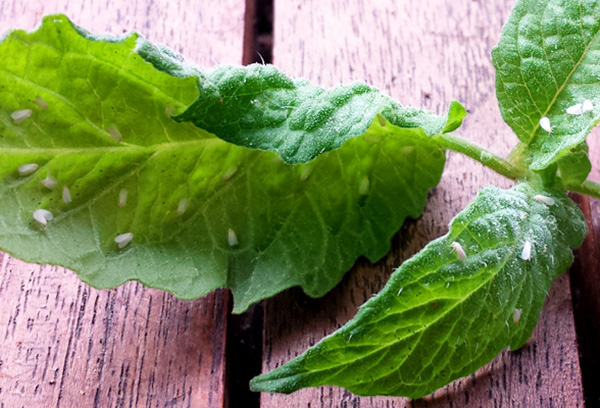

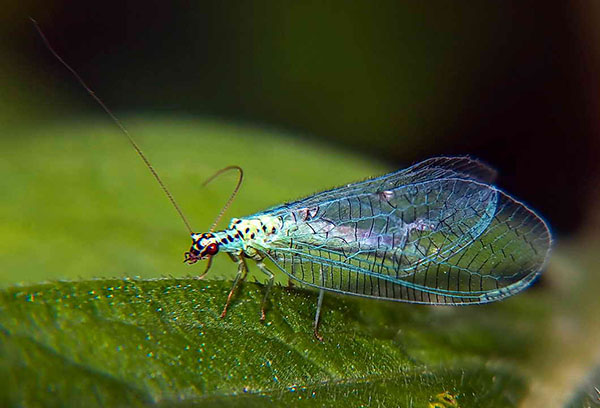
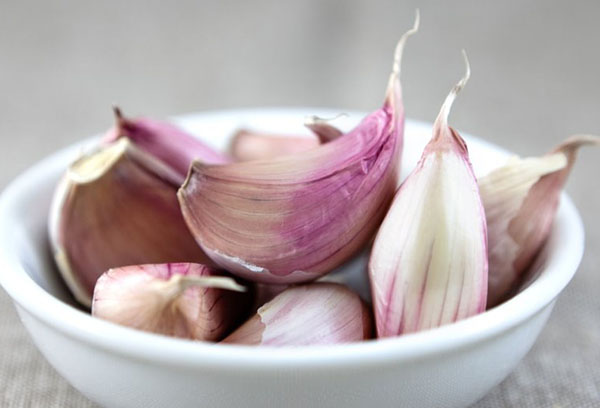
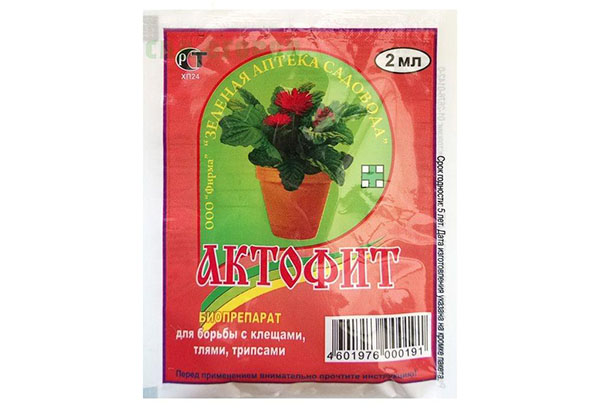

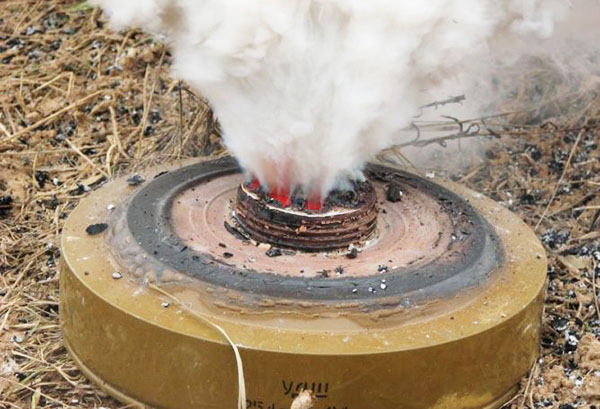
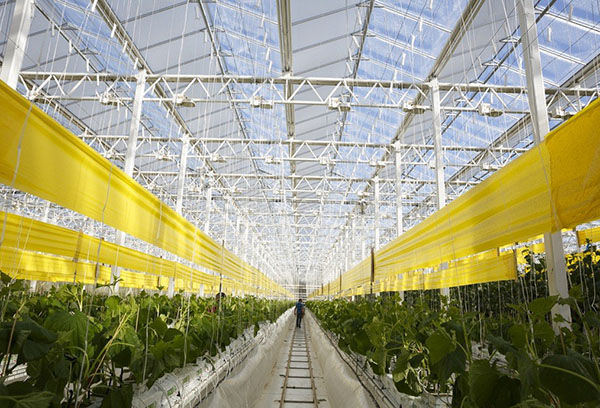
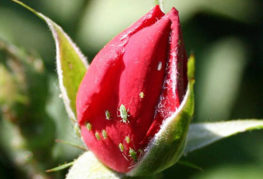

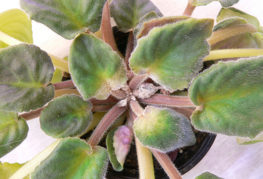
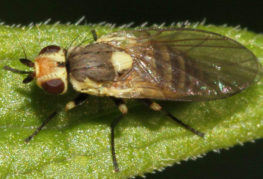
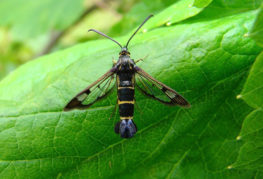
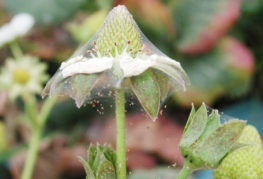
and will be published shortly.